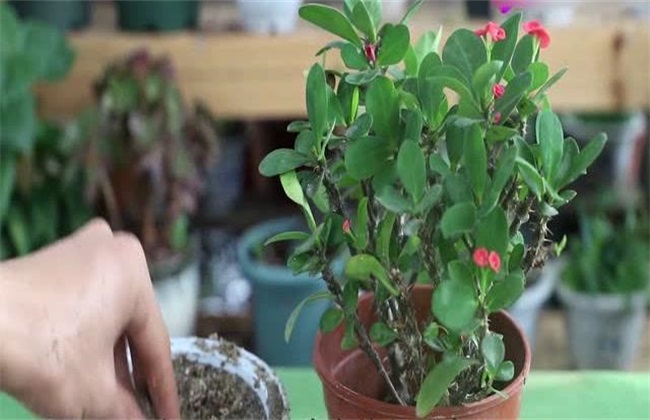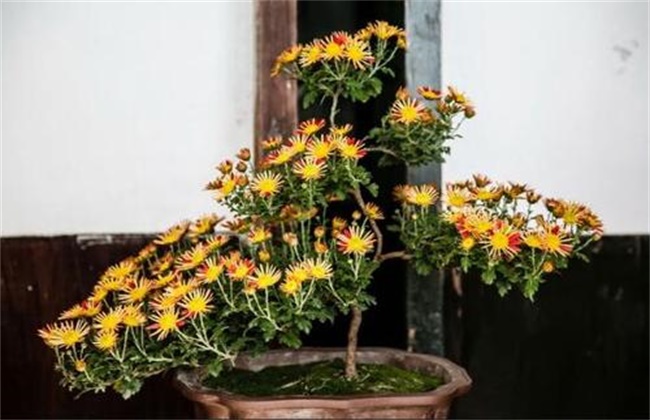How to cut Prunus mume
Prunus angustifolia is a kind of flower plant with high ornamental value, which is distributed all over our country. Generally speaking, it is more common in public places such as parks and botanical gardens, and it is also welcomed by many people as pot conservation. When we breed tiger prunes, the breeding work is very important. The common propagation method of Prunus przewalskii is cutting, so how to cut it? The following editor will give you a brief introduction, let's have a look!

1. Cutting time
When Chimonanthus przewalskii is cutting, the first thing to pay attention to is the cutting time. Although Chimonanthus przewalskii can be cut all the year round, it is best to do it from April to June, when temperature, humidity and other climatic factors are the most suitable. The cuttage survival rate of Prunus mume is also the highest. If cutting is needed in other seasons, the temperature should be controlled within 15-30 degrees. Too high and low temperature will have a great impact on the growth of cuttings, too high can easily lead to lack of water to die, too low will not be able to take root.
2. Cutting substrate
The selection of substrate is also very important for the growth of Prunus mume. Although Chimonanthus cuttings are not very strict on the substrate, in order to improve its survival rate, we had better choose sandy soil with strong permeability and sufficient fertility. For example, coarse river sand, garden soil and so on are all fine. Before cutting, we should also disinfect the soil so that the soil can be exposed to the sun and eliminate the bacteria in the substrate. It can also prevent the soil from being too sticky and affect the rooting of cuttings. Therefore, we should pay more attention to the selection of substrate for the purpose of improving the survival rate of cuttings.
3. Branch selection
After we have done the preparatory work before cutting, we have to choose the cuttage branches of Prunus mume. It is necessary to give priority to branches that are robust, wound-free and disease-free. The length of the branch should be kept at about 10 cm, and there should be about 3 leaf nodes on each branch. In this way, the cuttage survival rate of Prunus mume can be further improved. After cutting off the branches, smear the wound with substances such as plant ash to avoid infection. Then smear the base with a rooting agent, put it in a cool and ventilated place, and wait until the edge of the cuttage wound is dry.
4. Post-cutting management
After cutting, we need to create a cool and ventilated environment for cuttings. Do not let the cuttings be exposed to direct sunlight, but also pay attention to control the amount of water, you can spray water to maintain humidity every day. In about two weeks, the cuttings can produce fibrous roots and gradually grow leaf buds. At this time can be appropriate transplanting, and then to see dry and wet principle for watering, the soil can not produce stagnant water. After the cuttings are rooted, it is necessary to apply fertilizer properly, mainly in a small amount.
The above is a brief introduction to the cuttage of Prunus tomentosa. That's all for today's introduction. This article is for reference only. I hope it can help you all.
Related
- Fuxing push coffee new agricultural production and marketing class: lack of small-scale processing plants
- Jujube rice field leisure farm deep ploughing Yilan for five years to create a space for organic food and play
- Nongyu Farm-A trial of organic papaya for brave women with advanced technology
- Four points for attention in the prevention and control of diseases and insect pests of edible fungi
- How to add nutrient solution to Edible Fungi
- Is there any good way to control edible fungus mites?
- Open Inoculation Technology of Edible Fungi
- Is there any clever way to use fertilizer for edible fungus in winter?
- What agents are used to kill the pathogens of edible fungi in the mushroom shed?
- Rapid drying of Edible Fungi



